Blog
DROP + Grell OAE1 Review

This time, I’m reviewing the DROP + Grell OAE1 headphones. It is selling for $199 USD.
Disclaimer: Neither DROP nor Grell Audio are related to Headfonia. They sent me the OAE1 free of charge to be featured on Headfonia.
DROP + Grell
Drop (formerly Massdrop) is a California-based e-commerce platform that caters to many hobby enthusiasts, including audiophiles. Its most well-known offering is the collaboration with Sennheiser, which birthed the venerable HD6XX, a more budget-oriented version of the HD650. I’ve personally bought from them many times, and occasionally, they offer some deep-cut choices.
Grell Audio is the brainchild of Axel Grell, an acoustic engineer who’s most known for his work with Sennheiser. He’s the author of the HD6XX series of headphones, as well as the HD800 and the less liked HD700. His first foray as an independent manufacturer was with the TWS 1 true wireless IEMs, which integrated the tuning technology of Sonarworks SoundID.
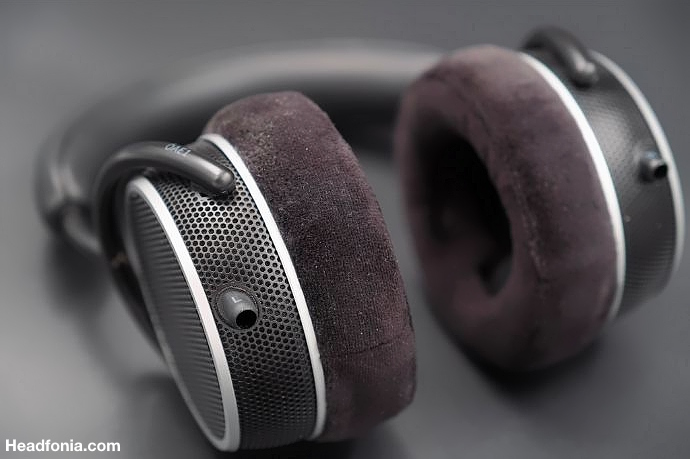
DROP + GRELL OAE1
With the OAE1, you can surely tell that Grell is finally cooking with gas. There’s Sennheiser DNA when looking at the velour pads and the HD650-like grille. The headband assembly is very minimalistic, with curved rods going inside a padded center section.
The real story, however, is what’s going on inside the Grell OAE1. As you well know, the main difference between listening to speakers and headphones is that the latter need to simulate the naturally occurring sound coloration that happens between the loudspeaker and your ears. It’s called the head-related transfer function, and it’s essentially what’s attempted by the various headphone target curves.
A flat-measuring headphone sounds unnatural due to its absence.
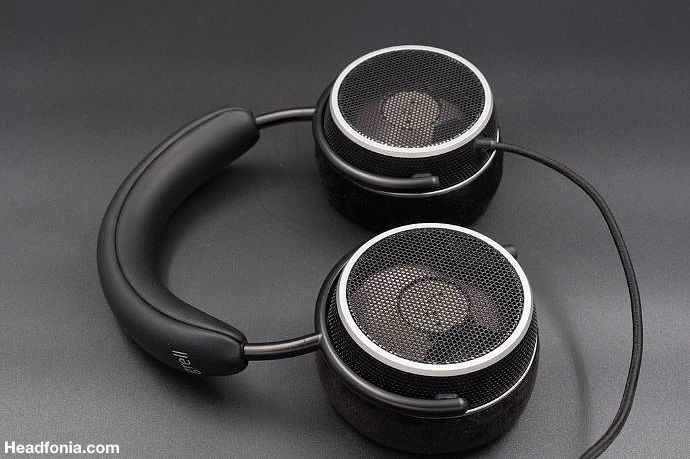
I’ve been a part of HRTF research done by Sonarworks, and generally, the aim is to achieve zero tonal shift between playing the same material on a speaker and headphones. Grell’s most famous headphone, the Sennheiser HD650, is a testament to the fact that it is doable. After the HD580/HD600/HD650, Grell continued his work and released the Sennheiser HD800, which is known for its spacious sound.
The main flaw of the HD800 is that it’s a tad too spicy in the treble region, and many people have tried rectifying it by employing EQ and extensive physical mods. It’s safe to say that Sennheiser’s dream headphone would be the one with the spatial rendering of an HD800 and the tonal response of the HD650 (or HD600), and maybe some extra low-end.
Axel Grell attempts to recreate a more speaker-like presentation in the OAE1 by angling the driver so that it sits more in front of the ear. The HD800 driver is also positioned at an angle with respect to the ear, but here it’s more extreme. Sounds good in theory, but does it work? Hang tight and find out!
You can buy the DROP + Grell OAE1 for 199$ USD at DROP.
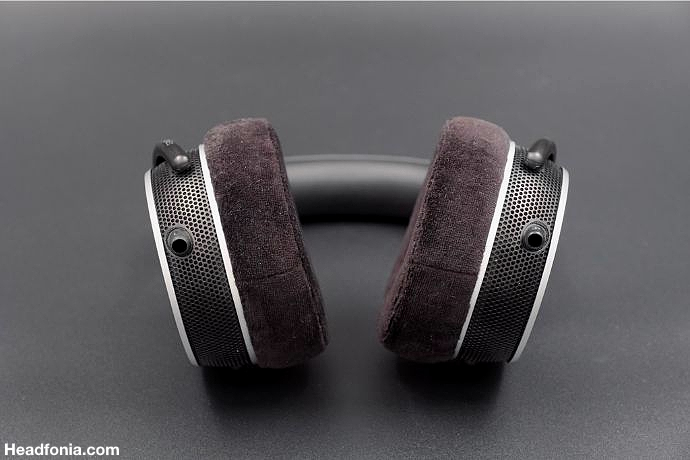
Features
- Open-back over-ear headphone, open baffle acoustics
- 40mm biocellulose dynamic drivers
- 12 – 32 000Hz (-3dB), 6 – 44 000Hz (-10dB) advertised frequency response
- 38 ohm load impedance
- 93.8dB/mW or 106dB/V
- Weight: 375g without a cable
- Input connectors: 2.5mm TRS
- Cable jack: 3.5mm TRS (6.35mm adaptor included)
- Cable length: 1.8m silver-coated OFC
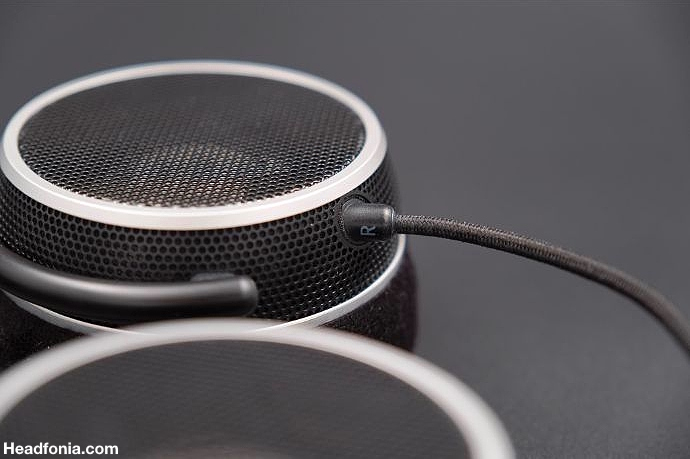
Casing
I was granted the chance to review the DROP version of the Grell OAE1, which is cosmetically different from the regular OAE1 Signature. DROP like to make their collab versions of various gear more affordable by cutting down on the packaging, and the OAE1 is no different.
The box is made out of raw cardboard, but looks nice because of the glossy sleeve it’s in. Inside, there’s a formed shell that holds the headphones together with the cable. Over the headphones, we also get a large-format user and safety manual. I like the box solution, it’s durable enough but not so fancy that I’ll have to think long before tossing it in the recycle bin.
Build Quality
I won’t mince words, the DROP + Grell OAE1 is built like a tank. All of the mechanical parts are made out of metal, and I can’t really see them failing on me anytime soon. There’s movement only where it’s designed, and the size adjustments work quite well.
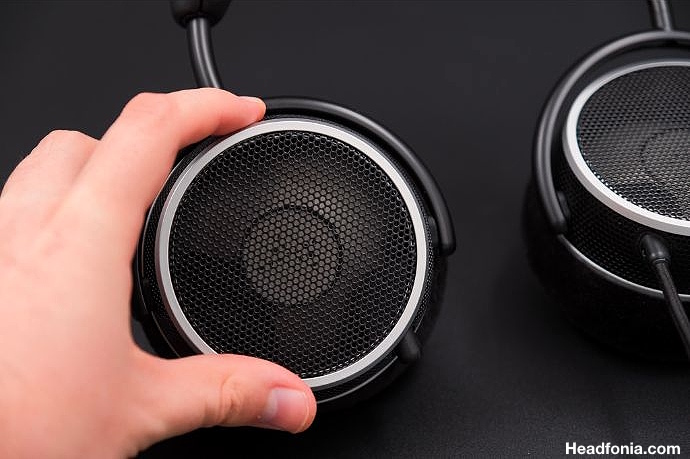
Most of the headphone earcup is covered by a metal grill to ensure the back of the driver is well-ventilated. The grill is sturdy enough that only drops from considerable heights will dent it. The earpads are velour with the inside covered in fenestrated nylon mesh.
The cable entry solution is quite ingenious, with an inlet on each side that accommodates the custom-molded 2.5mm jack. You can plug it into either side, and the channels will be assigned correctly. The cable itself isn’t too stiff, and the fabric cover keeps it from tangling.
All in all, the Grell OAE1 is a superbly made piece of kit and exudes a know-how likely accumulated by decades of work at Sennheiser. There are no parts that would suggest premature failure, and likely only the padded headband could start falling apart given enough time.
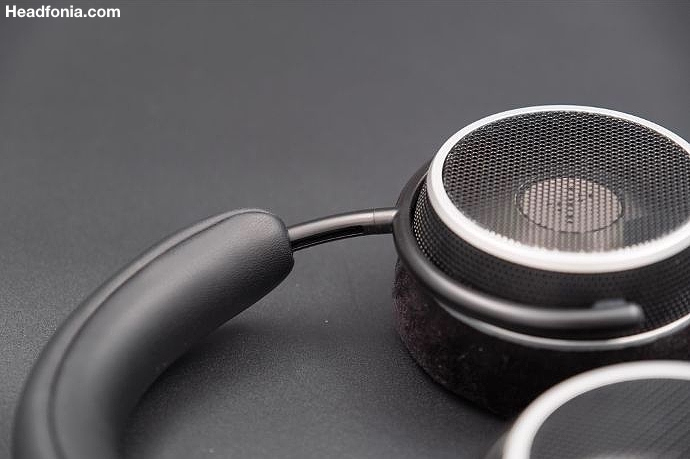
Comfort and Ergonomics
Despite being built to the highest standard, the Grell OAE1 doesn’t agree too well with my head. I will add that I’m moderately cranially endowed, but I’ve seen people with even bigger heads than mine. To get a good fit, I have to extend the earcups to their max, even if most other headphones leave a step or two extra.
The OAE1 stays on the head by combining a considerable clamp and sitting on the top of the skull with the padded section of the headband. At 375g, these headphones are by far not the heaviest out there, but they’re hugging the sides of your head like there’s no tomorrow. The HD6XX-series headphones also do it, but loosen up with time or stretching.
Another pain point for me is the headband, which forms a pressure hotspot on the top of my head. It doesn’t happen immediately, but after around two hours it becomes annoying. I think the ergonomic design of the OAE1 needs more work, as there are way more comfy headphones out there.

Isolation
The Grell OAE1 is an open-back design, so there’s sound leaking in and out of the earcup. It’s not as open as some planars where you hear your surroundings like there’s nothing blocking them, but don’t expect to use these in a library or an open-plan office. My wife was especially annoyed that the leaking sound of music was quite muffled.
Sound Signature and Technicalities
My main testing system for the DROP + Grell OAE1 was the Topping x Holo Centuarus driving the DROP + SMSL HO150X, Feliks Euforia EVO, and Aune S17 Pro EVO.
Let’s start with some practicalities. Driving the Grell OAE1 isn’t particularly hard, but I’d look for something stronger than a built-in headphone output of a laptop. The almost 94dB/mW efficiency means that these headphones like power, but 38 ohms isn’t an exotic load, so just about anything will do.
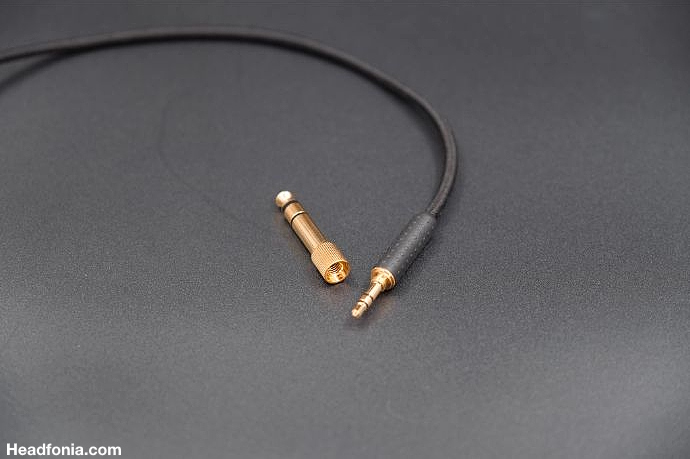
Overall Tonality
All in all, the Grell OAE1 has a U-shaped tuning, but it’s a strange one. The bass boost goes well into low-mids and gives the listening experience a speaker-like character because it kind of mimics speakers when they have room-boom. The mids-proper is the only region I’d call neutral because in the highs it again becomes a roller coaster.
Bass
I remember that during the initial testing phase, there were reports from some personal audio trade shows that the DROP + Grell OAE1 lacks bass. It wasn’t really a surprise for me because it’s not easy to get a linear bass response from an open-baffle 40mm dynamic driver. The main problem is that the back-wave quickly cancels out the front, and there’s not a lot of material to maintain any kind of pressure near the ear. It seems like Grell has taken the feedback into account and added a wide-band bass boost.
Now the bass is kind of boomy, but there’s real impact and extension. It works okay with electronica, where there’s little real-world reference of what you’re listening to ought to sound like. The driver doesn’t feel like struggling with the bombastic low-end, which is nice, but ultimately the tuning here is quite… unique.
The DROP + Grell OAE1 article continues on the second page. Click on the jumps below to go there.







